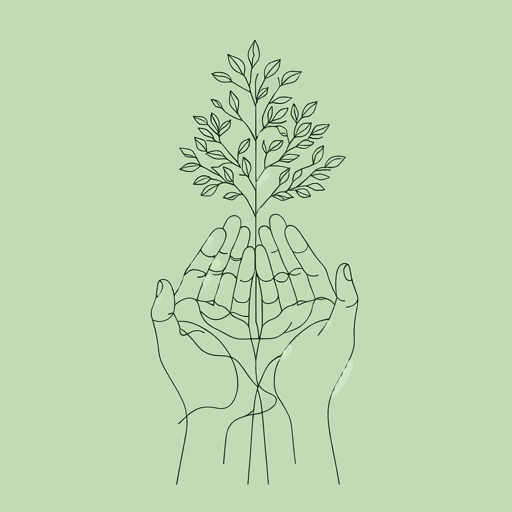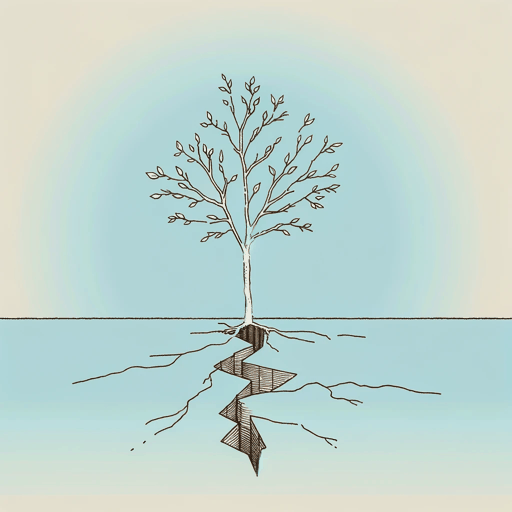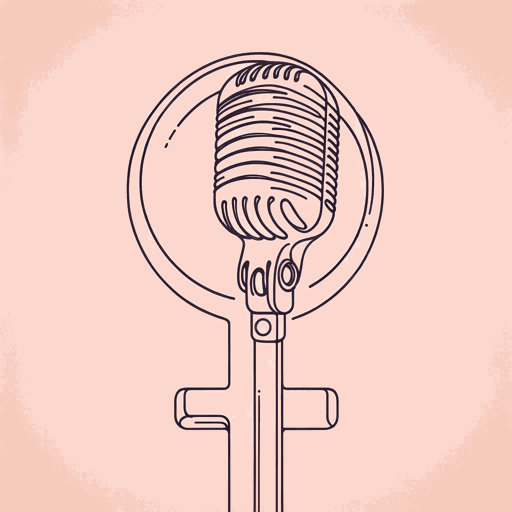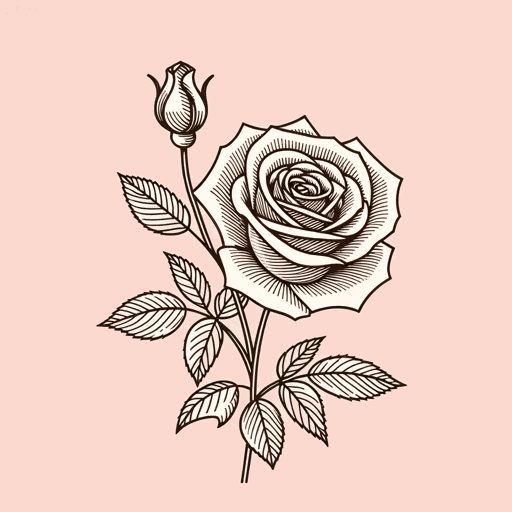65 pages • 2 hours read
Rebecca SolnitOrwell's Roses
Nonfiction | Biography | Adult | Published in 2021A modern alternative to SparkNotes and CliffsNotes, SuperSummary offers high-quality Study Guides with detailed chapter summaries and analysis of major themes, characters, and more.
Part 6Chapter Summaries & Analyses
Part 6: “The Price of Roses”
Part 6, Chapter 1 Summary: “Beauty Problems”
Solnit notes that Orwell often wrote about beautiful objects, including flowers. She details the multifaceted symbolism that is attached to flowers and questions the notion that “visual pleasure” (188) is their primary purpose. In addition, flowers speak to the beauty intrinsic to patterns and cycles, as in the seasonal shifts in climate. She connects this broader understanding of beauty to Orwell’s own writing in 1984. Winston Smith’s paperweight, with its flash of coral at the center, is an example of an aesthetic object, but one that carries as much moral symbolism as it does visual pleasure: “The paperweight exists in the context of the Thought Police” (190). Thus, it’s also an object of resistance, a way to challenge the authoritarian regime. This is at the crux of Orwell’s writing, for Solnit, the intersection “where aesthetic and ethical standards meet” (191). She traces this intersection in the work of other artists as well, such as visual artists working at the height of the AIDS pandemic. Solnit concludes that beauty has a purpose in questioning the status quo, in engaging in political activism.
Related Titles
By Rebecca Solnit

A Paradise Built in Hell: The Extraordinary Communities That Arise in Disaster
Rebecca Solnit

Hope In The Dark: The Untold History of People Power
Rebecca Solnit

Men Explain Things To Me
Rebecca Solnit

River of Shadows
Rebecca Solnit

The Faraway Nearby
Rebecca Solnit
Featured Collections
Beauty
View Collection
Books About Art
View Collection
Books & Literature
View Collection
Contemporary Books on Social Justice
View Collection
Earth Day
View Collection
National Book Critics Circle Award...
View Collection
Philosophy, Logic, & Ethics
View Collection
Politics & Government
View Collection
Popular Study Guides
View Collection
Truth & Lies
View Collection

